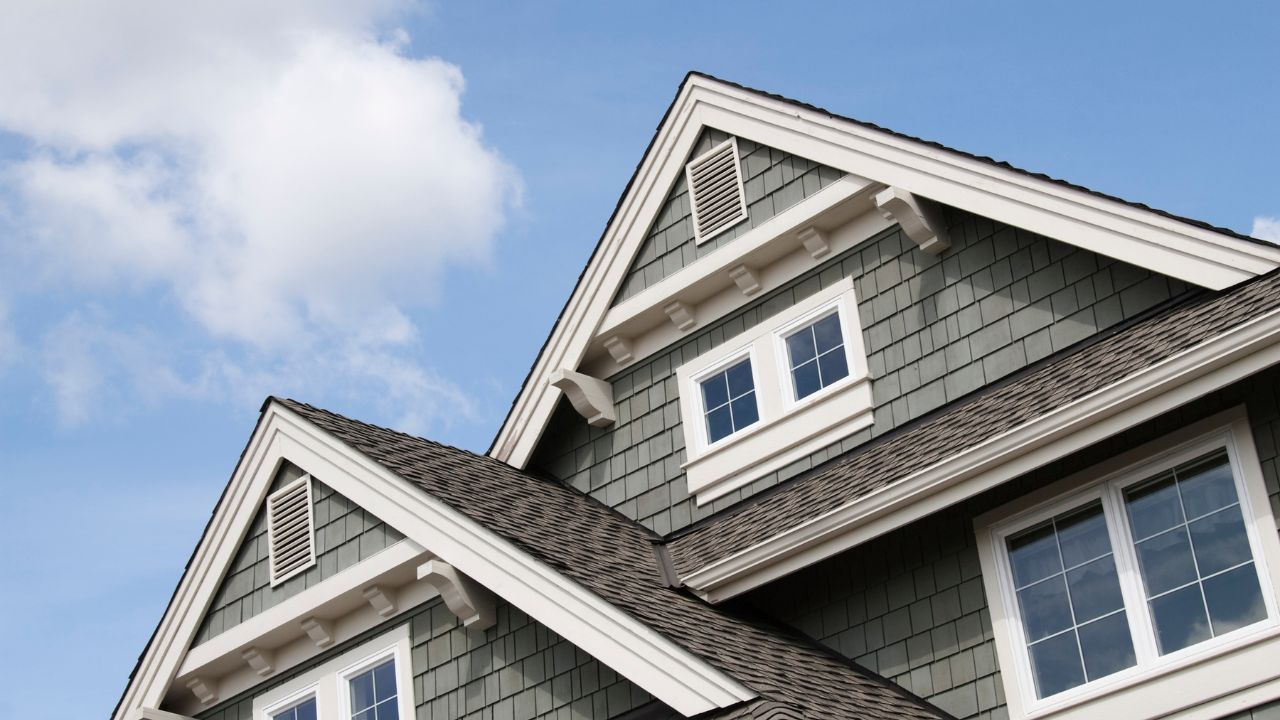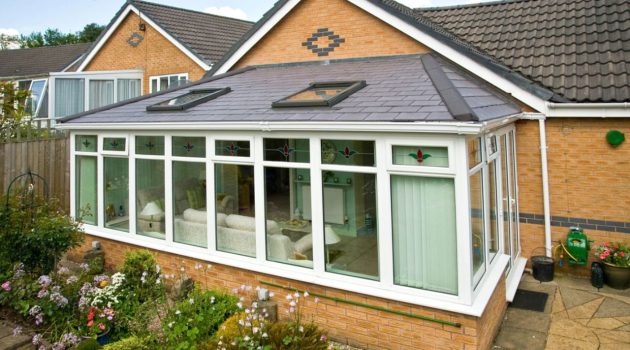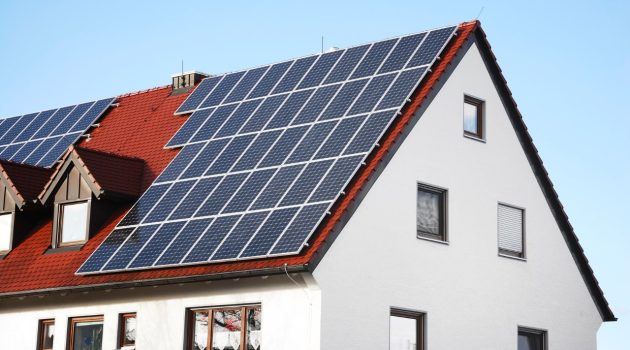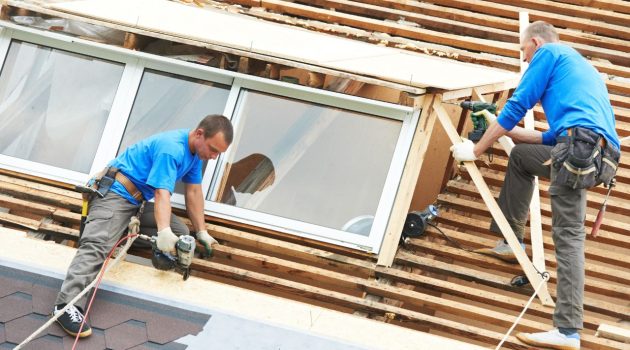A good roof can make a world of difference regarding indoor comfort levels. A quality roof protects the interior living space from damaging moisture and the elements.
It is an important insulation barrier that holds in warm or cool air, depending on the weather outside.
But what exactly do you need to look for in a quality roofing system?
Here are some facts about how a strong roof can improve your home’s comfort.
1. The Role of a Roof in Indoor Comfort: Understanding Its Importance
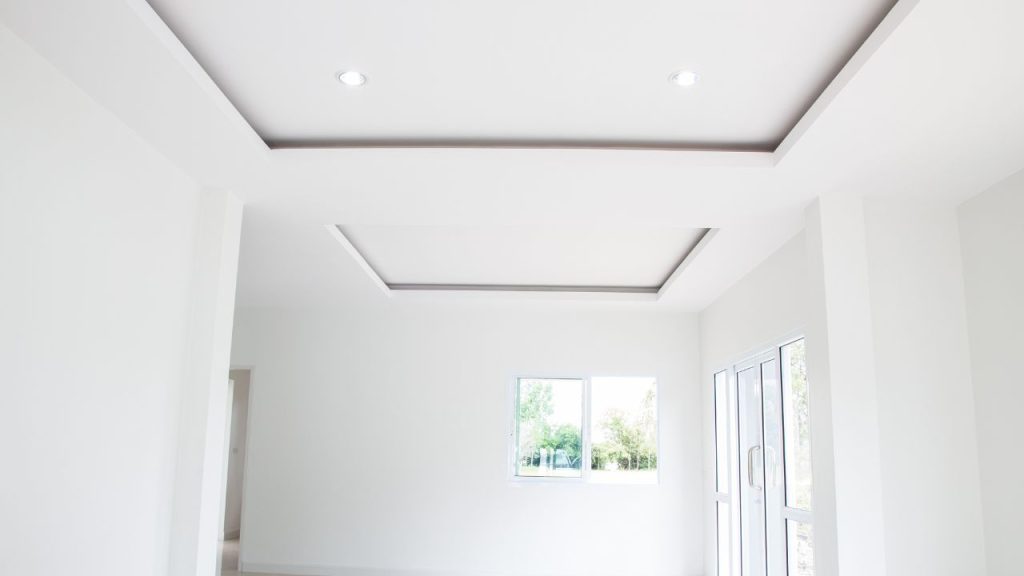
A well-constructed roof does more than shield your home from rain, snow, and sunlight.
It is pivotal in regulating your home’s indoor temperature, contributing significantly to overall comfort.
A roof acts as a barrier between the external weather and the indoor environment, preventing the escape of warm air in winter and cool air in summer.
Working with a qualified local roofer can help ensure your home’s temperature is balanced throughout the year.
So whether you are a Sylmar local looking for Sylmar roof contractors or a Flagstaff homeowner searching for a Flagstaff roof contractor, it is important always to hire someone that understands the importance of quality insulation in a roofing system.
2. Effective Insulation: Keeping the Home Warm in Winter and Cool in Summer

Effective insulation is the linchpin in maintaining comfortable indoor temperatures, particularly in the face of extreme outdoor weather.
In the winter, your roof’s insulation prevents warm air generated by your heating system from escaping into the cold outdoors.
This efficient retention of heat creates a cozy indoor environment even when temperatures outside plummet.
Conversely, during the summer, the insulation in your roof acts as a barrier to the heat radiating from the sun, preventing it from penetrating your indoor living spaces.
It also helps to keep cool air produced by your air conditioning system from escaping, ensuring your home remains a cool haven even on the hottest days.
Thus, a well-insulated roof is critical for keeping your home warm in the winter and cool in the summer, considerably enhancing your year-round comfort.
3. Weather Protection: Shielding from Rain, Wind, and Extreme Temperatures
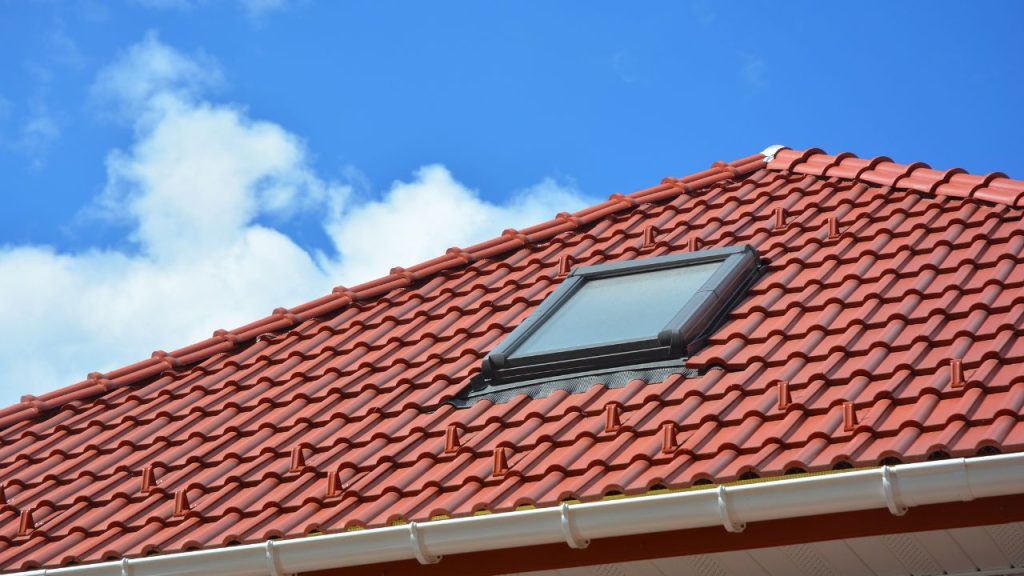
A strong and well-constructed roof serves as the ultimate protector against severe weather conditions.
When faced with heavy rain, a high-quality roof with waterproofing features ensures that no water seeps into your home, thereby preventing issues like dampness, mold, and structural damage that can degrade indoor comfort and health.
Similarly, in windy conditions, a robust roof helps guard your home against damage caused by flying debris or falling branches.
It is the first defense against wind-driven rain or dust, maintaining indoor air quality and comfort.
Extreme temperatures, whether scorching heat or cold, can be a real challenge for indoor comfort. As discussed earlier, effective roof insulation plays a key role here.
But it’s not just insulation.
The materials used in the roof’s construction, the color of the roofing, and even the style can also impact how well the roof deflects solar heat or retains warmth, thereby significantly influencing indoor temperatures.
READ MORE: Essential Home Insulation Areas: Enhancing Comfort and Efficiency
4. Proper Ventilation: Allowing Air Circulation for Optimal Indoor Air Quality
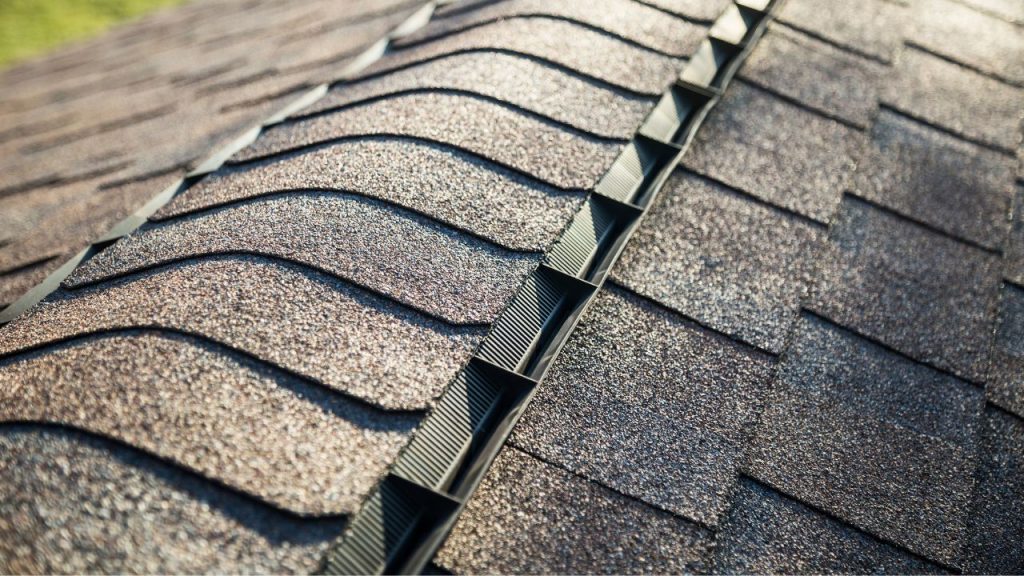
Achieving optimal indoor air quality is another critical aspect of home comfort and overall health, and your roof plays a significant role in this regard.
A well-designed roof includes proper ventilation systems that allow for efficient air circulation within your home.
These systems work to dissipate excess heat and moisture, mitigating the risk of condensation, mold growth, and potential structural damage.
They also help to maintain an indoor environment that is fresh and healthy, replacing stagnant air with fresh air from outside.
Roof ventilation systems come in various forms, including ridge vents, soffit vents, and gable vents. Each type serves a unique function, but all work together to facilitate airflow in and out of your home.
By considering factors such as your home’s design, local climate, and specific roofing material, a professional roofer can help you determine your home’s most effective ventilation system.
This will ensure a pleasant and conducive indoor environment, regardless of outside weather conditions.
5. Energy Efficiency: Reducing Heating and Cooling Costs with a Strong Roof
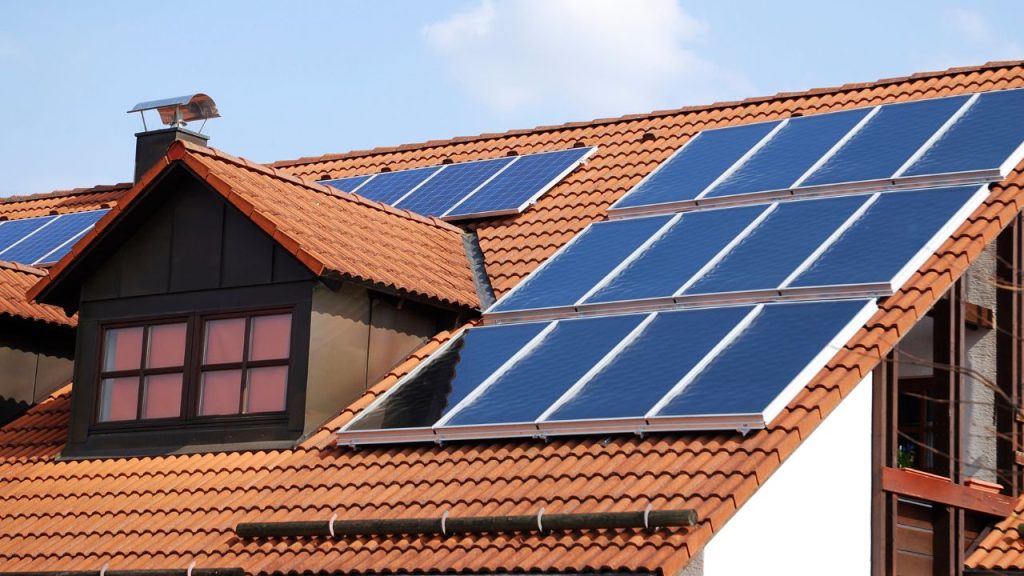
Embarking on a journey of energy efficiency through a robust roofing system is eco-friendly and can result in impressive savings on your utility bills.
A quality roof with proper insulation and ventilation capabilities ensures that the heating or cooling produced by your HVAC system isn’t wasted.
During winter, a well-insulated roof retains the heat generated by your heating system, reducing the need for continuous operation and saving on heating costs.
On the other hand, during the hot summer months, a well-ventilated and insulated roof keeps your home cooler by preventing the sun’s heat from infiltrating your living spaces, reducing the demand for your air conditioning system and lowering cooling costs.
Moreover, cool roofing can reflect more of the sun’s rays, reducing heat absorption and resulting in a cooler home.
Additionally, well-placed skylights can provide natural light, decreasing the need for artificial lighting during the day.
Therefore, an energy-efficient roof is essential to optimizing your home’s energy consumption and minimizing overall heating and cooling costs.
Investing in a strong, high-quality roof allows you to enjoy the double benefit of enhanced comfort and energy efficiency.
6. Noise Reduction: Making Your Home Quieter and More Peaceful
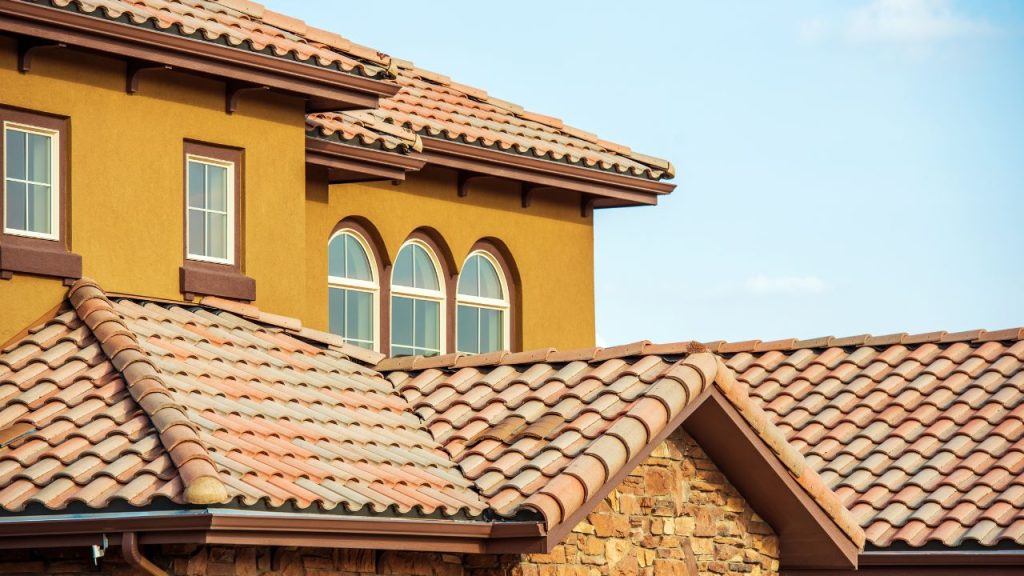
Just as your roof shields you from the elements, it also serves as a barrier against outdoor noise, contributing significantly to your home’s tranquility and peace.
Whether it’s the bustling traffic, a noisy neighborhood, or the clamor of wildlife, a well-constructed roof can help to dampen these sounds and maintain a more serene indoor environment.
The noise reduction capabilities of your roof are primarily determined by the materials used and the quality of the installation.
Dense materials such as slate, tile, or metal can effectively block noise transmission, and when coupled with high-quality underlayment and insulation, the sound-dampening effect is even more pronounced.
Moreover, attic space and ventilation also play a role in minimizing noise penetration. A well-ventilated attic can reduce the echo effect, enhancing your home’s serenity.
In conclusion, your roof is the first line of defense against the elements and is essential to maintaining a comfortable home.
Considering factors like insulation, weather protection, ventilation, energy efficiency, and noise reduction can help you choose the best roofing system.
This will ensure that you are not only safeguarding your home from outside conditions but also creating a more pleasant, healthy, and energy-efficient living space.
